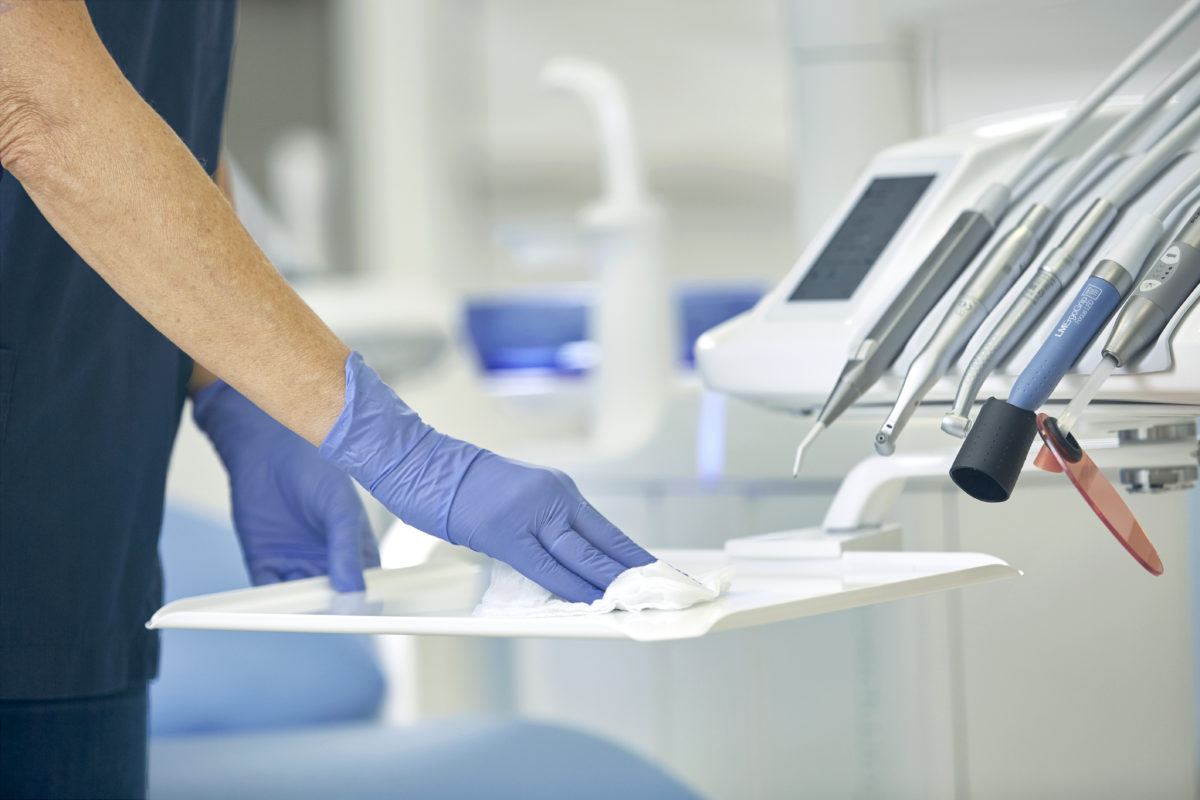CE is the abbreviation of "conformité européenne", French for European Conformity. Most European citizens are familiar with CE marking, as it is commonly found in products such as toys, electronic equipment, and medical devices. The two letters indicate that the products are carefully tested to ensure that they follow the European health, safety, and environmental protection requirements. These are defined by continuously developing legislation, which needs to be affirmed by the manufacturer or the importer. A Notified Body, an organization designated by the competent authority in an EU country to assess conformity, has been named to keep a careful record of the process. Kiilto’s guide on medical devices explains why some of Kiilto’s products are also defined as medical devices.
The definition of a medical device
By definition, a medical device is any article intended to be used for medical purposes. This includes instruments, appliances, software, implants, materials, and other articles that are intended to be used for medical purposes on a human being, excluding medicines or other items with pharmaceutical, immunological, or metabolic way of working.
Most obvious medical devices, as the name suggests, are appliances used in healthcare such as monitoring equipment, or instruments like a stethoscope or a syringe. But few are aware that even patient beds, wheelchairs, and incontinence pads are required to apply for a CE mark before they can be used in healthcare facilities. Many find it surprising that even disinfectants used on medical devices need to be CE marked themselves.
The EU legislation for Medical Devices was set up to make sure everybody taking part in medical device -related procedures can rely on guaranteed product safety. Patients feel more secure when they can trust that they are taken care of with safe appliances only, and healthcare professionals know that they treat their patients with equipment that is thoroughly tested and documented for their purpose. Without the CE mark, products are not allowed to be sold or used for medical purposes within the European Economic Area.
CE builds trust, reliability, and sense of safety
Aside from extensive testing and documentation, another thing common for medical devices is their traceability. Their supply chain can be traced from sellers to product manufacturers and their suppliers, all the way back to the production plants of the raw materials in use. This information can become crucial, especially in the case of faults and accidents.
How the product is manufactured and properly handled is required information when applying for the CE mark, but attention should also be paid to maintenance of medical devices. To emphasize this, the medical device EU legislation was updated and is now a regulation (MDR 2017/745), which is binding to all EU member states, overruling national regulations.
Why and when hygiene products are treated as medical devices
The new regulation states more clearly that anything used for medical device maintenance fits the criteria of a medical device itself. Therefore, it should go through the same process of qualification as a CE-marked product with proper testing and documentation. In healthcare facilities, even the products used for cleaning, disinfection and sterilization of medical devices are required to wear the CE mark. This also means that a product without a CE mark should not be used on a medical device. There are of course areas in healthcare which are not classified as medical devices, e.g. floors, toilets or tables and these do not need to be disinfected with CE-marked products. These go under the Biocidal Products Regulation (BPR 528/2012), which aims to ensure that humans, animals, materials, and articles are protected against harmful organisms like pests or micro-organisms.
When there is less room for error of interpretation, it can be better ensured that the European safety and performance requirements for medical devices are being fulfilled in all circumstances. However, different medical devices have different criteria to stand up to. Medical device classification determines the level of risk management and assurance needed so that patients, healthcare personnel and manufacturers know the device operates safely and effectively when used as intended. Class I carries the lowest risk, while Class III carries the highest. For instance, most instrument reprocessing products fall into class I category. Surface disinfectants and wipes go to class II, meaning that they need to be approved by a Notified Body.
Kiilto offers CE-marked disinfectants with decades of experience
Over many decades, Kiilto has built strong experience in developing and manufacturing disinfectant agents for hospital hygiene maintenance. To make sure that we can offer products that help our customers fulfill the new Medical Device Regulation (MDR 2017/745), we have a wide assortment of CE-marked surface disinfectants and instrument cleaning products. Many of our products are also classified as biocides and can be used both on medical devices and general surfaces.
For distributors and end users this makes things simple. By choosing CE marked Kiilto Pro products, you can rest assured it has been carefully developed, tested, and documented for purposes in healthcare facilities.
Kiilto’s CE-guide: what are medical devices and why they matter
